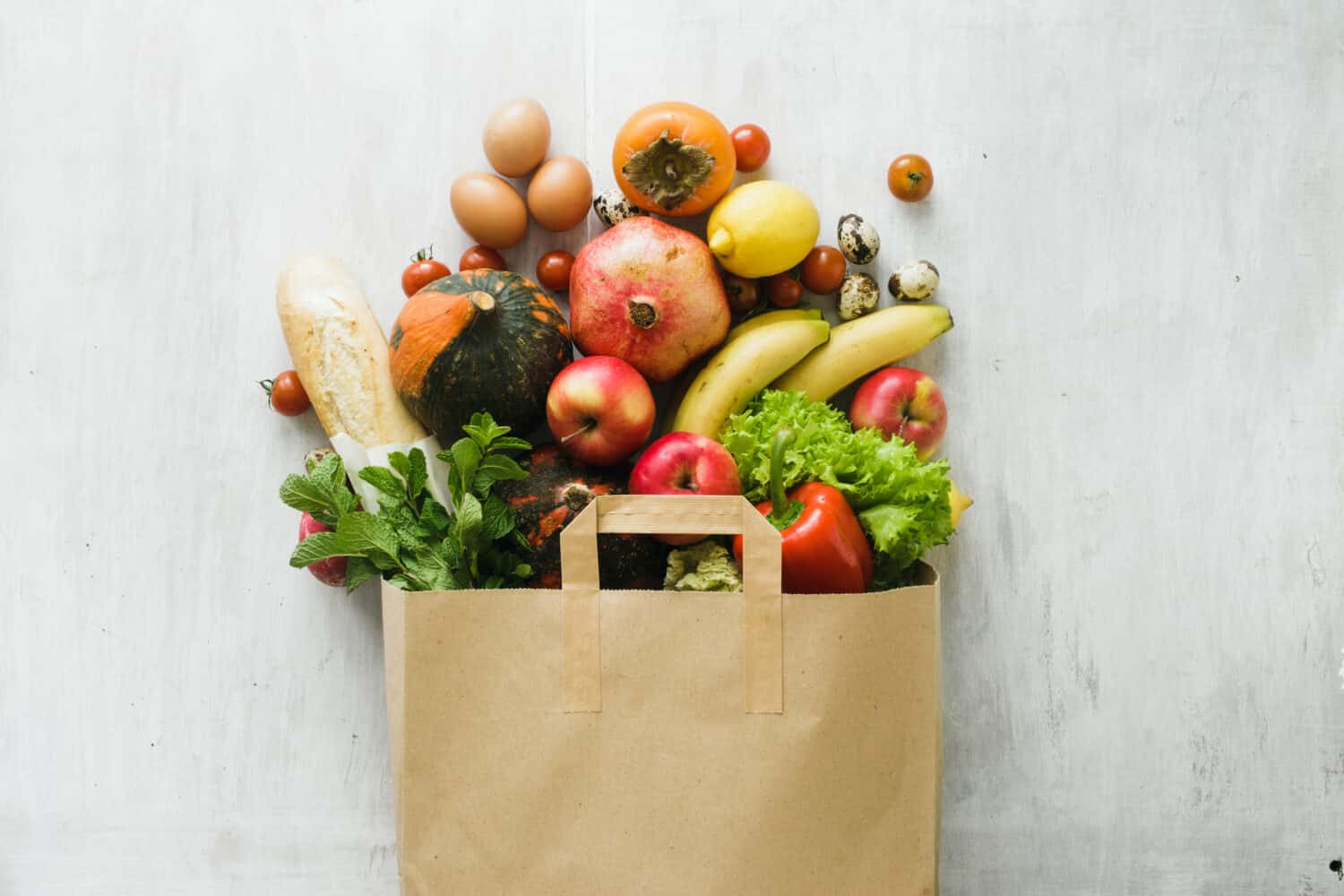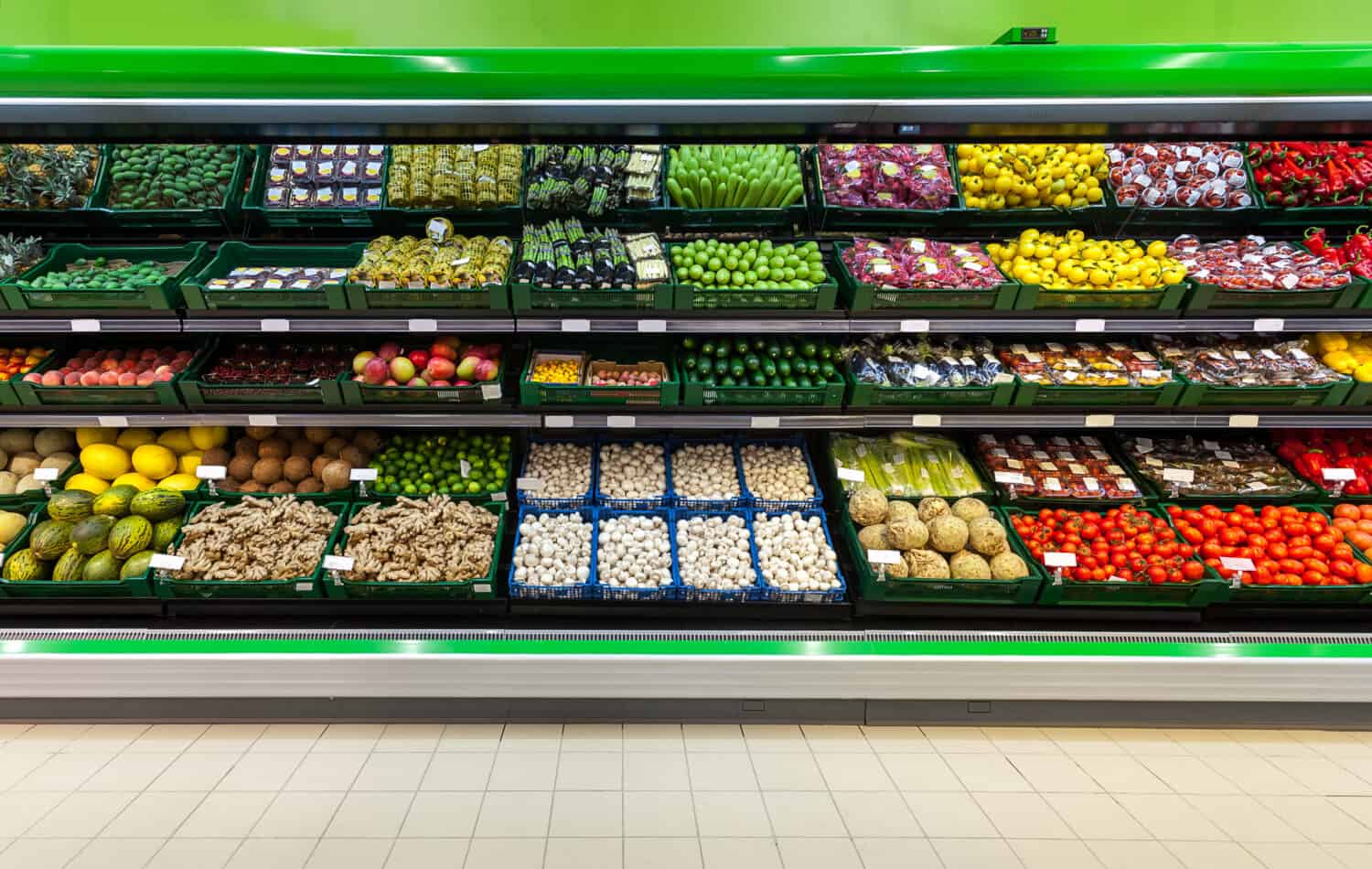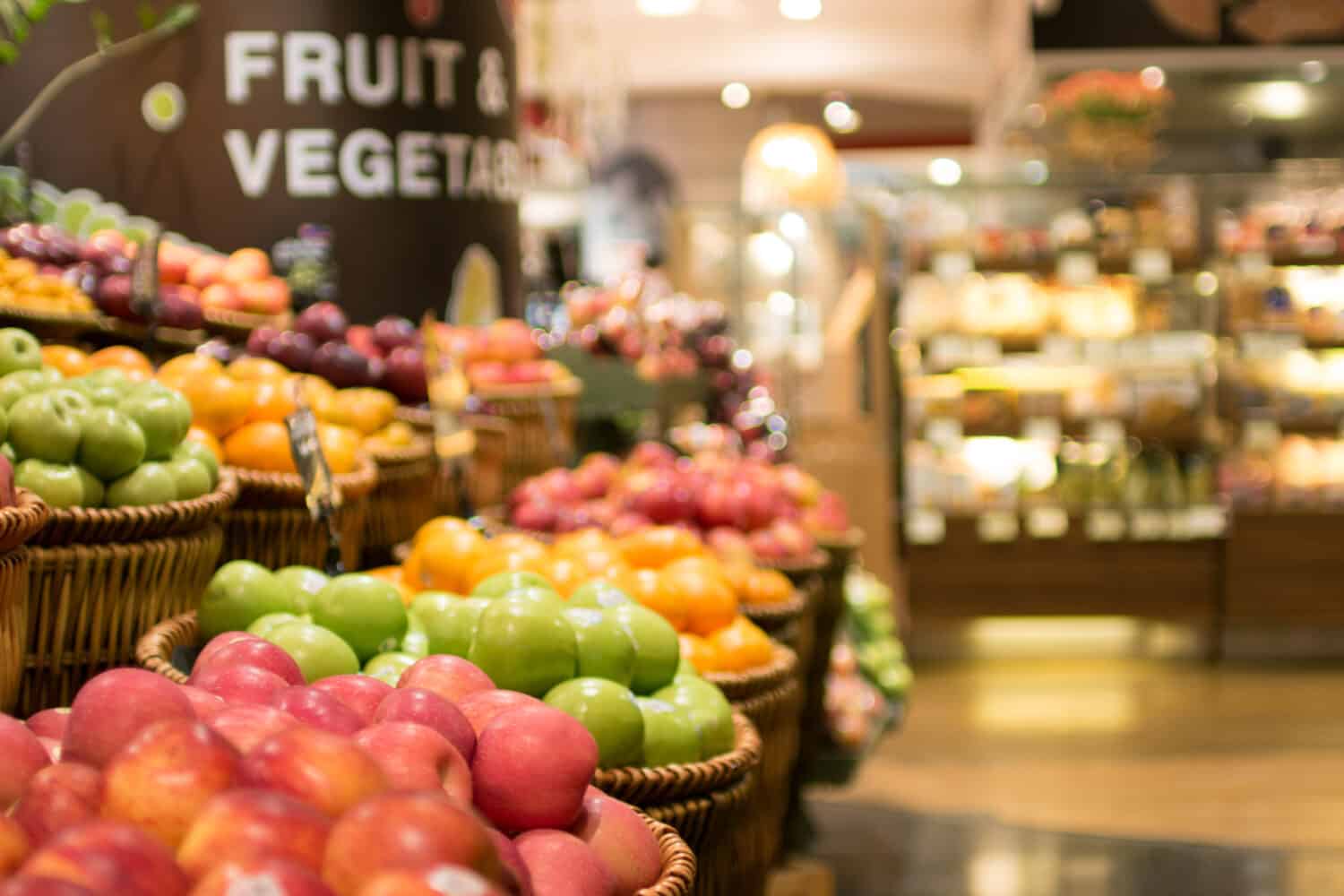If you’re tired of going, or unable to shop for groceries in person you may be considering the differences between Amazon Fresh vs. Whole Foods services. While Amazon does in fact own both services, the Amazon Fresh grocery stores and delivery services started in 2007. After acquiring Whole Foods, Amazon launched its Whole Foods grocery delivery service in 2018. In general, the main differences between these two grocery services come down to the price of each service, the food products offered, and the places in which they are offered. All of which are great things to know if you’re going forward with choosing a grocery service.
In this post, we’ll talk more about the kinds of goods and products offered by each service. You’ll get a cost comparison of Amazon Fresh vs. Whole Foods, and a breakdown of the programs. Learn more about each of these grocery delivery programs. Get an idea about when it started, and the pros and cons. Keep on reading as we get into the fine-print details of these home-delivery grocery programs.
Amazon Fresh vs. Whole Foods: What Is The Difference?
The main differences between Amazon Fresh vs. Whole Foods include the difference in fees for those who have a Prime membership, the products offered, and the places where these services function. Amazon Fresh may have more standardized groceries for a lower price point, but they also charge a fee for grocery orders under $50. Whole Foods delivers organic products available from your closest Whole Foods store, which might be impacted based on product stock. Whole Foods Market at Amazon charges a standard $9.95 service fee for all grocery orders, with added charges if the total is under $35 USD. Let's get more into how these two programs compare, and a little more about their histories.
What Is The Amazon Fresh Program?
It all started with Amazon, which began as an online marketplace for book sales. Started by Jeff Bezos in 1994, the website expanded rapidly, becoming a model for electronic commerce, based out of Seattle, Washington. They rapidly expanded their services, especially in terms of what goods they could offer. They launched the Kindle in 2007, the same year they launched the first Amazon Fresh program. From there, Amazon.com just kept growing. It's safe to say they're now a giant in the commerce landscape worldwide (via CNN).
Amazon Fresh started as a grocery service in Washington State. Since their opening, they've expanded to Amazon Fresh grocery stores where Amazon Prime members can shop simply by scanning their membership QR code. Delivery for the Amazon Fresh program expanded to include non-Amazon Prime members in 2023. Within 12 U.S. cities shoppers can use Amazon Fresh but the fees are different than those for Amazon Prime members. According to Investopedia, Amazon Fresh now operates in 42 cities across six states in the U.S. as well as parts of the UK, and the EU.

There are a wide variety of groceries available through the Amazon Fresh program.
©KucherAV/Shutterstock.com
Products Offered Through Amazon Fresh
Since the products offered are one of the big differences between these two food services, let's take a look at what kinds of products Amazon Fresh is offering its customers. According to an updated About Amazon report, their top-selling items this year included name-brand condiments like mayonnaise and ketchup, burgers, dips, and ice cream. None of that is surprising, given the classic summer activity of outdoor grilling parties or backyard barbeques. Amazon Fresh offers a wide variety of fresh produce, proteins, snacks, and other ingredients, at reasonable prices for customers. Just keep in mind the fees!
Fee Breakdown Of Amazon Fresh
Keep in mind to get discounts for Amazon Prime members, there is a monthly fee of $14.99 for signing up. For non-Prime members, there is a fee of $7.95 for orders over $100, $10.95 for a total between $50-$100, and pick-up is free if there's an Amazon Fresh store in your vicinity. Prime members can enjoy free delivery for orders over $150. However, orders ranging from $100-$150 have an added fee of $3.95, and it's $6.95 for orders from $50-$100, and $13.95 for orders under $50 (via Store Brands).
What Is The Whole Foods Service
The Whole Foods service launched a year after Amazon acquired Whole Foods. It started off with delivery options in some 48 cities across the U.S. but has since expanded its reach as more stores have opened (via CNBC). It's important to note that Whole Foods is typically a pricier grocery store option, so while they do have lots of organic brands and high-quality grocery options, they also cater to a customer base who can afford these types of groceries.
In 2019, the Amazon-Whole Foods delivery program rolled out a 2-hour delivery option. Then in 2021, due to operating costs, Amazon instituted a general fee for all groceries delivered through their Whole Foods delivery program (via Food & Wine). So, while there are lots of benefits to Amazon Prime discounts, benefits, and great deals with Whole Foods, they always charge a fee for any grocery delivery. Let's take a closer look at their fee breakdown.

The Whole Foods program offers delivery on Whole Foods-specific products from your closest store.
©TarasM/Shutterstock.com
Products Offered Through Whole Foods
Whole Foods has some brands that are specifically produced through their store. Certain items from their Organic 365 brand, are purchasable through the Whole Food delivery program. This does depend on the stock availability from the Whole Foods store that's closest to you. Some of these products include Fair Trade/Rainforest Alliance-certified coffee, cage-free eggs, and Fair Trade-certified chocolate. You can also find some great skincare in the aisles of Whole Foods, which means you can find it in the delivery options available as well. From brands like Mad Hippy, Acure, Dr. Hauschka, Andalou, and Evan Healy, the Whole Foods delivery program can offer you skincare and groceries. Just be sure you understand the fee system to participate in the Whole Foods delivery program.
Fee Breakdown Of The Whole Foods Service
First of all, Whole Foods delivery is only available to Prime members. They offer free grocery pick-up for orders over $35, and if you want your groceries delivered, it will cost a flat fee of $9.95, with added fees for rush orders. Inc Magazine argues that these fees don't necessarily change the model of the Whole Foods delivery service, it only encourages customers who can already afford to shop at these stores to put in larger orders, less often. However, unlike Amazon Fresh, Whole Foods doesn't have discounted fees depending on the price range of the groceries you buy.
Amazon Fresh vs. Whole Foods: Which Is The Better Option?
What's the bottom line? When comparing Amazon Fresh vs. Whole Foods, it's quite important to know how the fees, products, and availability differ. Overall, Amazon Fresh has more discounted fees for a certain range of groceries. They're widespread, affordable, and available to both Prime and non-Prime members. This loophole makes them a competitor with the likes of Instacart and Walmart for accessible online grocery delivery.
Whole Foods, which is already considered a pricier grocery option, charges a flat fee for most orders, which doesn't impact a whole lot if you can already afford to shop there. This service is specialized for Prime members and is great for those who want to make larger, less frequent orders for particular goods, products, and items sold through Whole Foods. Amazon owns both, so there are some crossover features, but knowing the differences will for sure save you some time, and money on your next plan for online grocery shopping!
The image featured at the top of this post is ©Thaiview/Shutterstock.com

